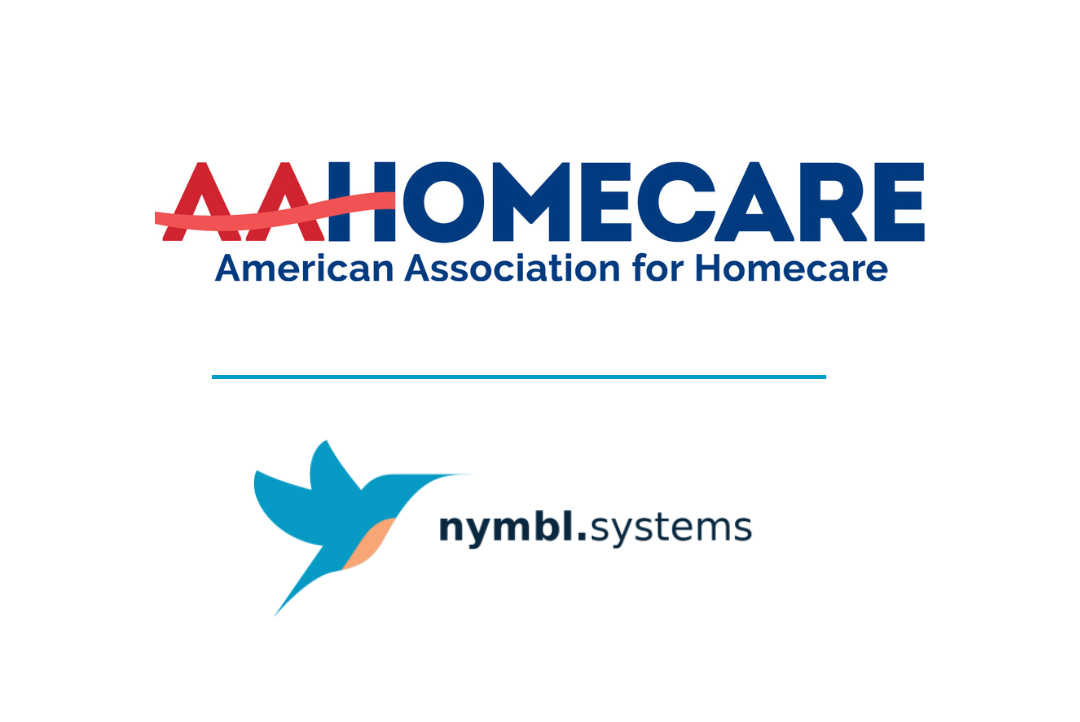Nymbl Systems is Now a Partner of AAHomecare
November 8, 2023

Nymbl Systems Joins AAHomecare as Newest Member!
Durable Medical Equipment, Prosthetics, Orthotics, and Supplies (DMEPOS) business management software, Nymbl Systems, has joined AAHomecare as a corporate member. Nymbl Systems is proud to be a part of a community that recognizes and advocates for the value provided through HME products and services.
“We are proud to partner with AAHomecare, whose mission and vision are so closely aligned to Nymbl Systems,” said Josh Lau, Founder and Chief Executive Officer of Nymbl Systems. “As HME providers are supported by AAHomecare advocates, providers can continue delivering better outcomes to patients. We’re passionate about supporting healthcare providers as they care for others.”
Nymbl Systems is an agile and simple-to-use business management platform, created intentionally for healthcare providers in Durable Medical Equipment, Prosthetics, Orthotics, and Supplies (DMEPOS) to achieve better outcomes. Nymbl believes that when healthcare providers have the freedom to focus on what truly matters – delivering exceptional care – the outcomes are nothing short of remarkable.
“In our partnership with the AAHomecare network, we are ready to establish new connections and be a part of building up this community in accomplishing its goals. Amid a changing landscape of reimbursement models and legislation, Nymbl Systems is committed to helping navigate these with efficiency and agility,” said Lau.
Durable Medical Equipment, Prosthetics, Orthotics, and Supplies (DMEPOS) business management software, Nymbl Systems, has joined AAHomecare as a corporate member. Nymbl Systems is proud to be a part of a community that recognizes and advocates for the value provided through HME products and services.
“We are proud to partner with AAHomecare, whose mission and vision are so closely aligned to Nymbl Systems,” said Josh Lau, Founder and Chief Executive Officer of Nymbl Systems. “As HME providers are supported by AAHomecare advocates, providers can continue delivering better outcomes to patients. We’re passionate about supporting healthcare providers as they care for others.”
Nymbl Systems is an agile and simple-to-use business management platform, created intentionally for healthcare providers in Durable Medical Equipment, Prosthetics, Orthotics, and Supplies (DMEPOS) to achieve better outcomes. Nymbl believes that when healthcare providers have the freedom to focus on what truly matters – delivering exceptional care – the outcomes are nothing short of remarkable.
“In our partnership with the AAHomecare network, we are ready to establish new connections and be a part of building up this community in accomplishing its goals. Amid a changing landscape of reimbursement models and legislation, Nymbl Systems is committed to helping navigate these with efficiency and agility,” said Lau.




